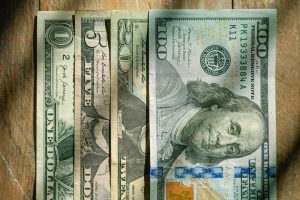The foreign exchange market is a decentralized market where participants buy and sell currencies from all over the world. The market operates 24 hours a day, five days a week, and is the largest financial market in the world. One of the main features of the forex market is the swap fee. Swap fees are interest rates paid or received for holding a position overnight. The swap fee is higher for some currencies than others, and there are several reasons why this is the case.
One of the primary reasons why some currencies have higher swap fees is because of the interest rate differential between the two currencies in a currency pair. In forex trading, currencies are always traded in pairs, and each currency has an associated interest rate. When a trader holds a position overnight, they are essentially borrowing one currency to buy another. The interest rate differential between the two currencies determines the swap fee. If the interest rate of the currency being bought is higher than the interest rate of the currency being sold, the trader will receive a positive swap fee. Conversely, if the interest rate of the currency being sold is higher than the interest rate of the currency being bought, the trader will pay a negative swap fee.
Another factor that can affect swap fees is the liquidity of a currency. Liquidity refers to the ease with which a currency can be bought or sold without affecting its price. Currencies that are more liquid typically have lower swap fees because they are easier to trade. Conversely, currencies that are less liquid may have higher swap fees because they are more difficult to trade, and the risk of holding a position overnight is higher.
Political and economic factors can also affect swap fees. For example, currencies of countries that are experiencing political instability or economic turmoil may have higher swap fees because there is a greater risk involved in holding a position overnight. Similarly, currencies of countries with high inflation rates may have higher swap fees because the risk of holding a position overnight is higher due to inflation.
Finally, the time of day can also affect swap fees. Swap fees are typically calculated and charged at the end of each trading day, which is typically at 5 pm Eastern Standard Time. However, if a trader holds a position past the end of the trading day, they may be charged an additional fee. This fee is known as the rollover fee and is typically a percentage of the position’s value.
In conclusion, swap fees are an essential part of forex trading and can vary significantly depending on several factors. The interest rate differential between the two currencies in a currency pair, the liquidity of a currency, political and economic factors, and the time of day can all affect swap fees. Traders should be aware of these factors and carefully consider them when making trades to ensure that they are making informed decisions and managing their risk appropriately.





